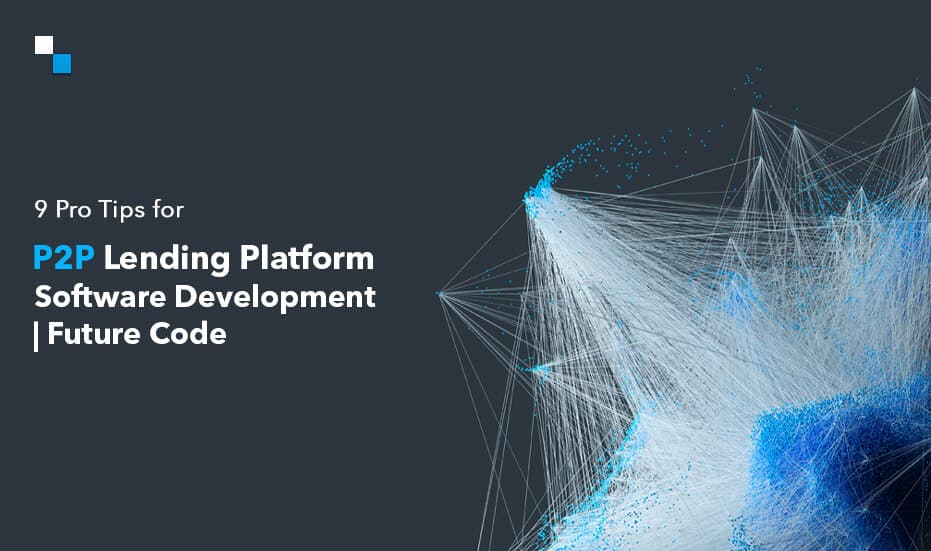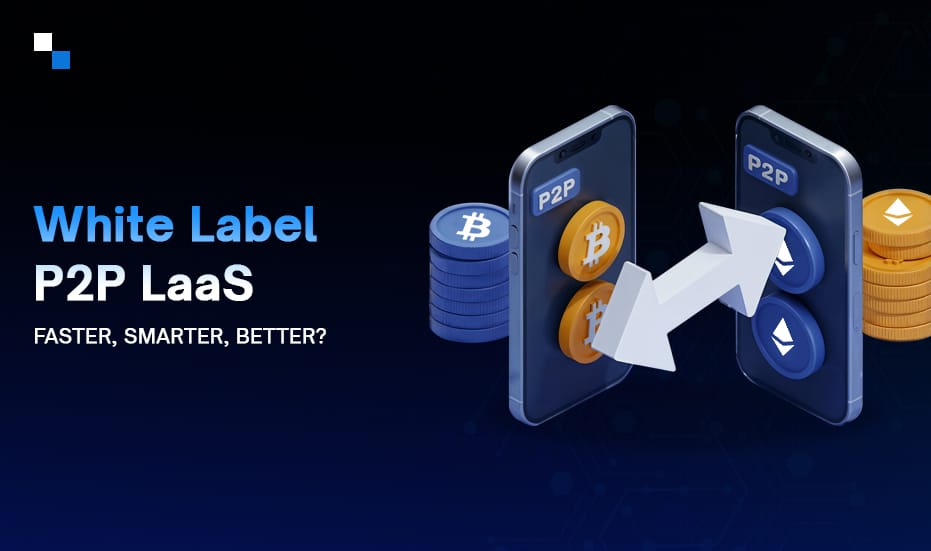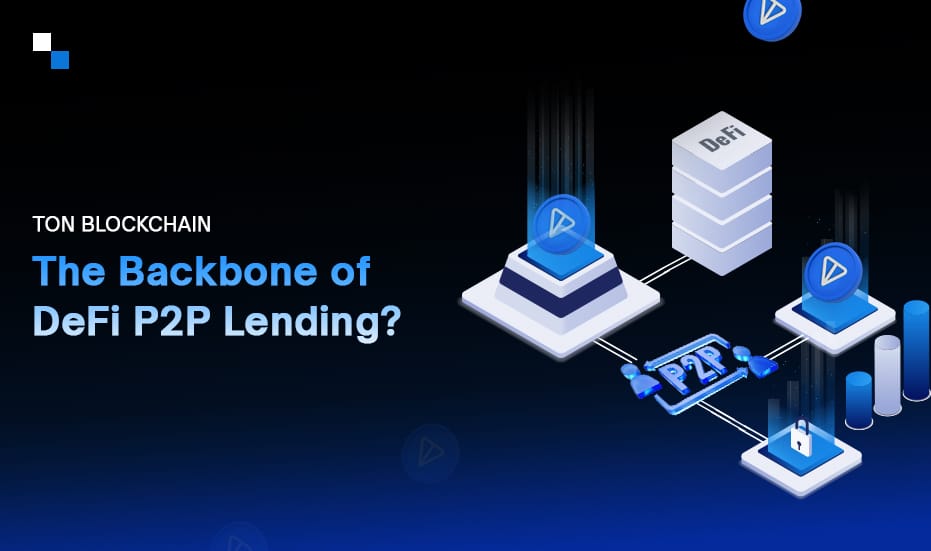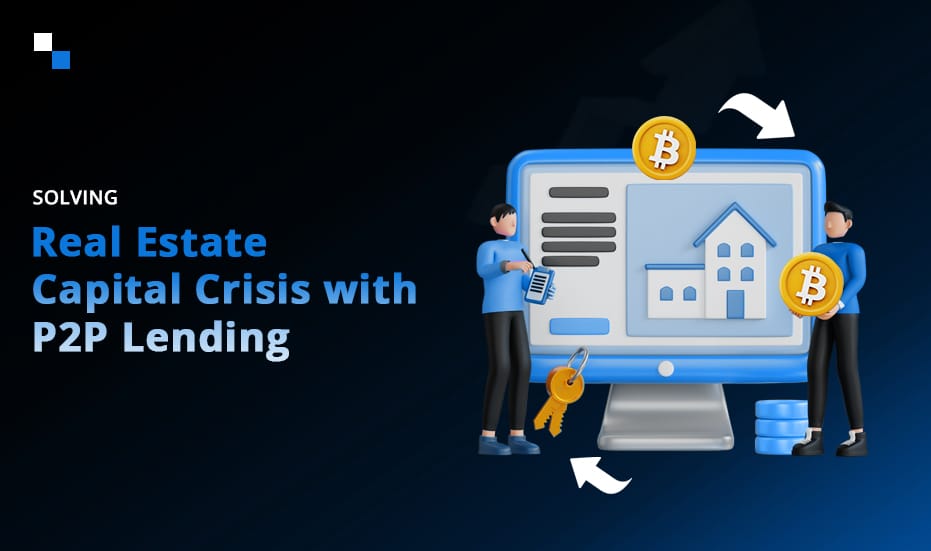
How Crypto Wallet Development Will Disrupt Your Daily Life in 2024
January 2, 2024
What are the Top Carbon Credit Crypto Companies in 2024?
January 3, 2024Are you looking to build a P2P lending platform software? Peer-to-peer lending has gained immense popularity in recent years, offering individuals an alternative to traditional banks for borrowing and lending money. Building a peer to peer lending platform software requires careful planning and consideration to ensure its success.
Here we go-
- Understand the Market and User Needs
Before diving into the development process, it is crucial to thoroughly understand the market landscape and the needs of your target users. Conduct market research and identify the pain points and expectations of borrowers and lenders in the P2P lending space. This knowledge will guide you in creating a platform that solves real problems and provides a seamless user experience.
- Focus on Security and Compliance
Security and compliance should be your top priorities when building a P2P lending platform software. Implement robust security measures to protect user data and transactions. Ensure compliance with relevant regulations and industry best practices to establish trust and credibility with your users. Remember, building a secure and compliant platform is essential for long-term success.
- Design a User-friendly Interface
A user-friendly interface is key to attracting and retaining users on your peer to peer lending platform software. Invest in intuitive and aesthetically pleasing design that enhances the user experience. Simplify the lending and borrowing process, making it easy for users to navigate through the platform, submit applications, and perform transactions. Remember, simplicity is the key to satisfied users.
- Enable Versatile Lending Options
A successful P2P lending platform software allows for a variety of lending options. Offer both secured and unsecured loans, as well as different interest rate structures, loan durations, and repayment terms. By providing flexibility in lending options, you can attract a broader range of borrowers and increase the likelihood of successful loan matches.
- Implement a Robust Credit Scoring System
To build trust among lenders and borrowers, it is essential to have a reliable credit scoring system in place. Develop algorithms and scoring models that analyze borrower profiles, financial histories, and other relevant data to assess creditworthiness accurately. A robust credit scoring system minimizes the risk of defaults and enhances the overall credibility of your platform.
- Integrate Automated Processes
Automation is a key feature of successful P2P lending platform software. Integrate automated processes, such as loan application review, credit checks, and document verification, to streamline operations and reduce manual effort. Automating these processes ensures faster turnaround times, enhances efficiency, and improves the overall user experience.
- Provide Transparent and Real-time Updates
Transparency is vital in the P2P lending industry. Users should have access to real-time updates on their loan application status, interest rates, and repayment schedules. Implement a dashboard or notification system that provides borrowers and lenders with timely updates and communication. Transparent and real-time information builds trust and improves user satisfaction.
- Offer Advanced Analytics and Reporting
Track and analyze data related to loan performance, user behavior, and platform utilization. By offering advanced analytics and reporting features, you can provide valuable insights to lenders, helping them make informed lending decisions. This data-driven approach enhances transparency and builds trust among users. - Establish a Robust Customer Support System
Building a user-centric peer to peer lending platform software requires a robust customer support system. Users may encounter issues or have questions throughout their lending or borrowing journey. Provide multiple channels for customer support, such as email, live chat, and phone support, and ensure prompt and helpful responses. Excellent customer support fosters loyalty and enhances the overall user experience.

How Does P2P Lending Platform Software Work?
Before diving into the tips, let’s have a quick overview of how P2P lending platforms work. P2P lending platforms act as intermediaries that connect borrowers and lenders. Here’s a step-by-step breakdown of the process:
- Registration: Borrowers and lenders create accounts on the platform, providing necessary information and undergoing verification processes.
- Borrower Application: Borrowers submit loan applications, detailing their desired loan amount, purpose, and other relevant information.
- Credit Scoring: P2P lending platforms assess the creditworthiness of borrowers using various algorithms and data points.
- Loan Listings: Approved loan applications are listed on the platform, allowing lenders to browse and choose investment opportunities.
- Lender Investment: Lenders decide how much they want to invest in a particular loan and fund the borrower’s loan request.
- Loan Disbursement: Once the loan is fully funded, the platform disburses funds to the borrower.
- Repayment and Collection: Borrowers repay the loan, including principal and interest, on a predetermined schedule. The platform facilitates loan collection and takes measures to address delinquencies or defaults.
Things to Be Careful About After Launching the P2P Lending Platform Software Successfully
While launching a peer to peer lending platform software successfully is an achievement, it’s important to remain vigilant in maintaining and improving the platform. Here are some things to be careful about:
- Constantly monitor security and compliance measures to identify and address any vulnerabilities or emerging threats.
- Regularly update and improve the user interface based on user feedback and changing industry trends.
- Stay abreast of regulatory changes and adjust your platform accordingly to ensure ongoing compliance.
- Continuously refine and optimize the credit scoring system to enhance accuracy and minimize default risk.
- Monitor platform utilization and performance through advanced analytics and reporting to identify areas for improvement.
- Maintain an open line of communication with users and proactively address any issues or concerns promptly.
- Keep a close eye on competitors to stay ahead of the curve and differentiate your platform with innovative features.
- Regularly update and enhance your customer support system to meet the evolving needs of your users.
- Foster a strong community on your platform by facilitating user interactions, sharing success stories, and providing educational resources.
Conclusion
Building a successful P2P lending platform software requires a deep understanding of the market, a focus on security and compliance, and a commitment to user experience. Antier not only helps to launch the feature-rich peer to peer lending platform software but also remains vigilant after launching. We create a platform that stands out and attracts both borrowers and lenders to participate in peer-to-peer lending. You can also trust us for ongoing support and upgrades.



